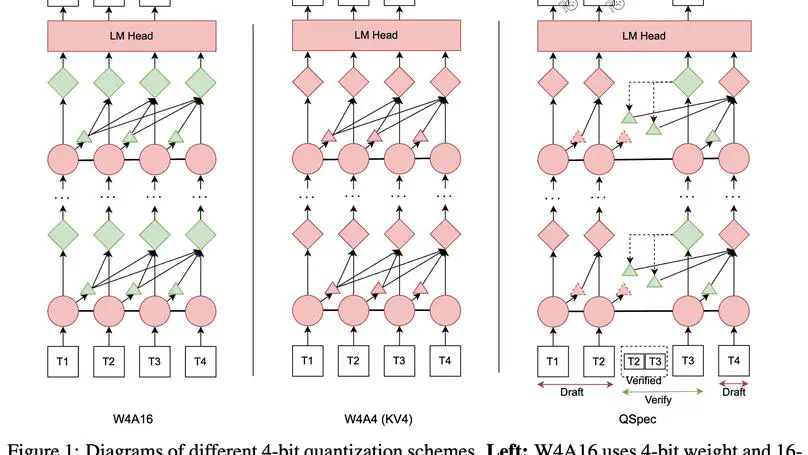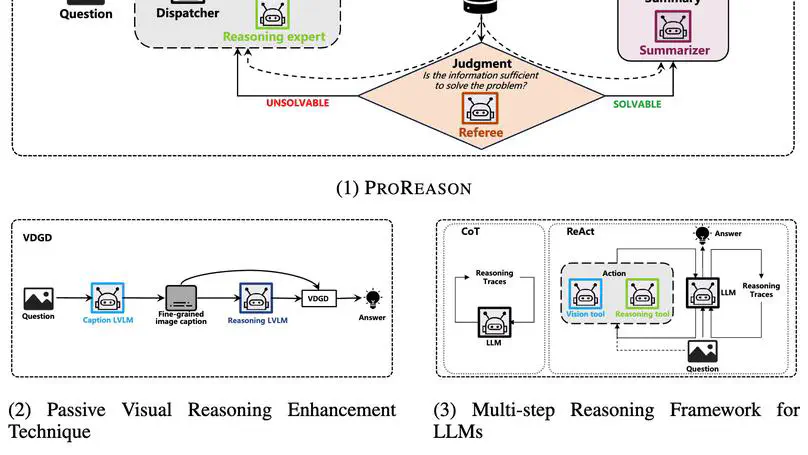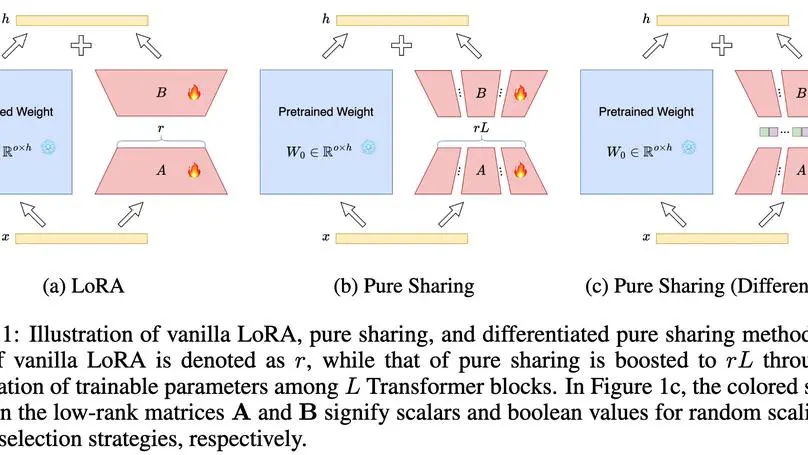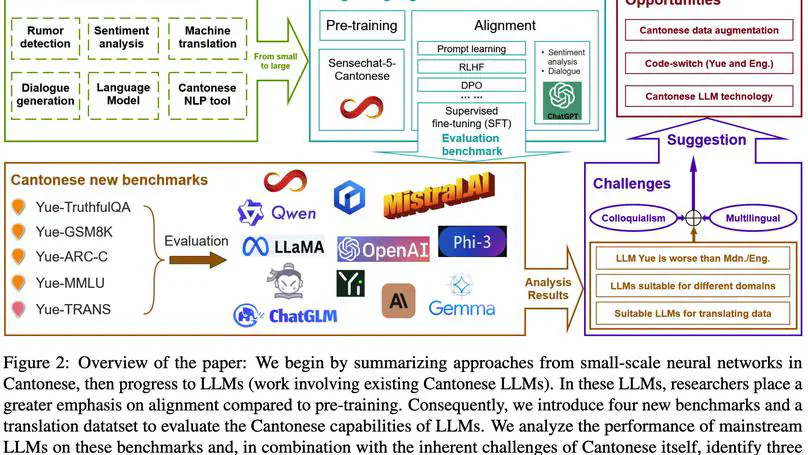自我介绍
更新日期:2024年11月29日
哈喽!欢迎来到王升的主页~ 我是香港大学计算与数据科学学院的三年级博士生。我的主导师是吴川老师(主要研究方向是分布式机器学习系统和老年人智能护理),共同导师是孔令鹏老师(专注于自然语言处理)。我自己之前也专注于自然语言处理,特别是大型语言模型的对齐和参数高效微调。
学术追求外,我对创业充满热情,并决定在接下来的多年时间全职创业。因此,目前我也在密切关注数据合成相关研究的前沿进展。近期,我正在组建团队,专注于青少年心理咨询领域,以满足当前的市场需求与痛点。我们团队坚信技术向善与价值复利!目前团队仍有科研助理岗位,欢迎感兴趣的朋友来聊~
顺便一提,我的MBTI人格类型是INFJ-A。我个人非常开放,欢迎任何有见地的交流讨论和通力协作!如果您有相似的兴趣或有任何疑问,请随时与我联系!我的微信ID:Forence1999
- Data Synthesis
- Large Language Models (LLMs)
- Dialogue System
PhD candidate in Computer Science, 2022 - present
University of Hong Kong
B.ENG. in Artificial Intelligence and Automation, 2017 - 2021
Huazhong University of Science and Technology
Publications

Quantization has been substantially adopted to accelerate inference and reduce memory consumption of large language models (LLMs). While activation-weight joint quantization speeds up the inference process through low-precision kernels, we demonstrate that it suffers severe performance degradation on multi-step reasoning tasks, rendering it ineffective. We propose a novel quantization paradigm called QSPEC, which seamlessly integrates two complementary quantization schemes for speculative decoding. Leveraging nearly cost-free execution switching, QSPEC drafts tokens with low-precision, fast activation-weight quantization, and verifies them with high-precision weight-only quantization, effectively combining the strengths of both quantization schemes. Compared to high-precision quantization methods, QSPEC empirically boosts token generation throughput by up to 1.80x without any quality compromise, distinguishing it from other low-precision quantization approaches. This enhancement is also consistent across various serving tasks, model sizes, quantization methods, and batch sizes. Unlike existing speculative decoding techniques, our approach reuses weights and the KV cache, avoiding additional memory overhead. Furthermore, QSPEC offers a plug-and-play advantage without requiring any training. We believe that QSPEC demonstrates unique strengths for future deployment of high-fidelity quantization schemes, particularly in memory-constrained scenarios (e.g., edge devices).

Large vision-language models (LVLMs) have witnessed significant progress on visual understanding tasks. However, they often prioritize language knowledge over image information on visual reasoning tasks, incurring performance degradation. To tackle this issue, we first identify the drawbacks of existing solutions (i.e., insufficient and irrelevant visual descriptions, and limited multi-modal capacities). We then decompose visual reasoning process into two stages, namely visual perception (i.e., eyesight) and textual reasoning (i.e., wisdom), and introduce a novel visual reasoning framework named ProReason. This framework features multi-run proactive perception and decoupled vision-reasoning capabilities. Briefly, given a multi-modal question, ProReason iterates proactive information collection and reasoning until the answer can be concluded with necessary and sufficient visual descriptions. Notably, the disassociation of capabilities allows seamless integration of existing large language models (LLMs) to compensate for the reasoning deficits of LVLMs. Our extensive experiments demonstrate that ProReason outperforms both existing multi-step reasoning frameworks and passive peer methods on a wide range of benchmarks for both open-source and closed-source models. In addition, with the assistance of LLMs, ProReason achieves a performance improvement of up to 15% on MMMU benchmark. Our insights into existing solutions and the decoupled perspective for feasible integration of LLMs illuminate future research on visual reasoning techniques, especially LLM-assisted ones.

Large language models (LLMs) have significantly benefited from training on diverse, high-quality task-specific data, leading to impressive performance across a range of downstream applications. Current methods often rely on human-annotated data or predefined task templates to direct powerful LLMs in synthesizing task-relevant data for effective model training. However, this dependence on manually designed components may constrain the scope of generated data, potentially overlooking critical edge cases or novel scenarios that could challenge the model. In this paper, we present a novel approach, ReverseGen, designed to automatically generate effective training samples that expose the weaknesses of LLMs. Specifically, we introduce a dedicated proposer trained to produce queries that lead target models to generate unsatisfactory responses. These failure-inducing queries are then used to construct training data, helping to address the models’ shortcomings and improve overall performance. Our approach is flexible and can be applied to models of various scales (3B, 7B, and 8B). We evaluate ReverseGen on three key applications (safety, honesty, and math), demonstrating that our generated data is both highly effective and diverse. Models fine-tuned with ReverseGen-generated data consistently outperform those trained on human-annotated or general model-generated data, offering a new perspective on data synthesis for task-specific LLM enhancement.

The rapid scaling of large language models necessitates more lightweight finetuning methods to reduce the explosive GPU memory overhead when numerous customized models are served simultaneously. Targeting more parameter-efficient low-rank adaptation (LoRA), parameter sharing presents a promising solution. Empirically, our research into high-level sharing principles highlights the indispensable role of differentiation in reversing the detrimental effects of pure sharing. Guided by this finding, we propose Mixture of Shards (MoS), incorporating both inter-layer and intra-layer sharing schemes, and integrating four nearly cost-free differentiation strategies, namely subset selection, pair dissociation, vector sharding, and shard privatization. Briefly, it selects a designated number of shards from global pools with a Mixture-of-Experts (MoE)-like routing mechanism before sequentially concatenating them to low-rank matrices. Hence, it retains all the advantages of LoRA while offering enhanced parameter efficiency, and effectively circumvents the drawbacks of peer parameter-sharing methods. Our empirical experiments demonstrate approximately 8x parameter savings in a standard LoRA setting. The ablation study confirms the significance of each component. Our insights into parameter sharing and MoS method may illuminate future developments of more parameter-efficient finetuning methods.

The rapid evolution of large language models (LLMs) has transformed the competitive landscape in natural language processing (NLP), particularly for English and other data-rich languages. However, underrepresented languages like Cantonese, spoken by over 85 million people, face significant development gaps, which is particularly concerning given the economic significance of the Guangdong-Hong Kong-Macau Greater Bay Area, and in substantial Cantonese-speaking populations in places like Singapore and North America. Despite its wide use, Cantonese has scant representation in NLP research, especially compared to other languages from similarly developed regions. To bridge these gaps, we outline current Cantonese NLP methods and introduce new benchmarks designed to evaluate LLM performance in factual generation, mathematical logic, complex reasoning, and general knowledge in Cantonese, which aim to advance open-source Cantonese LLM technology. We also propose future research directions and recommended models to enhance Cantonese LLM development.